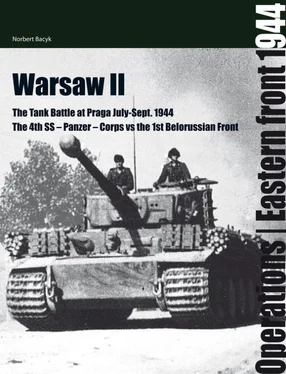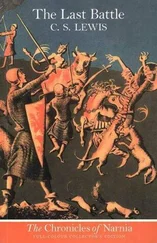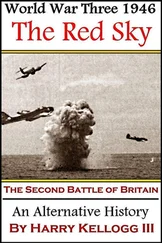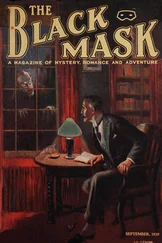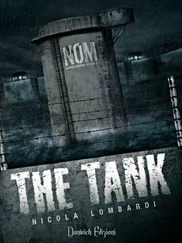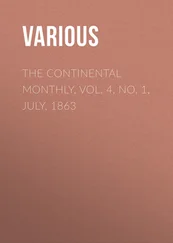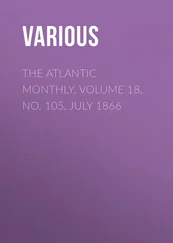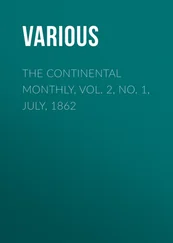Events at the front confirmed that Rokossovskij’s plan had indeed been the wisest option. Operation “Bagration” was launched on June 22, 1944, and led to the break up of the German’s 3rd Panzar-Army and 9th Army after only seven days. The German 4th Army, which had found itself wedged between these two, was half encircled. Due to the crumbling front, Hitler sacked Busch on June 28, and turned to Generalfeldmarschall Model to save the situation. This general, who was highly regarded by the “Führer” and “politically reliable,” had, at the same time, command over Heeresgruppe “Nord Ukraine”. Model, a former tank division commander, now became energetically engaged in the campaign but he did not succeed in saving the troops of the 4th Army. Together with the remnants of the 9th Army, they became completely encircled east of Minsk. The Soviet troops seized the Belorussian capital city on July 3, 1944. The fighting inside the encircled area ceased eight days later. The annihilation of the three armies meant in reality, that the entire Heeresgruppe “Mitte” had been destroyed. By the middle of July, essentially all of the divisions and some of the corps’ commanders within the 3rd Panzer-Army, 4th Army and 9th Army had been killed or taken prisoner. Certain of these, for example, the commander of the 18th Panzer grenadier-Division, General Zutavern, or the commander of the 134th Infanterie-Division, General Philipp, had committed suicide. Germany had lost in excess of 300,000 frontline troops. In contrast, at the same time this took place, on the other side of the front, on June 29, Rokossovskij was promoted to Marshal.
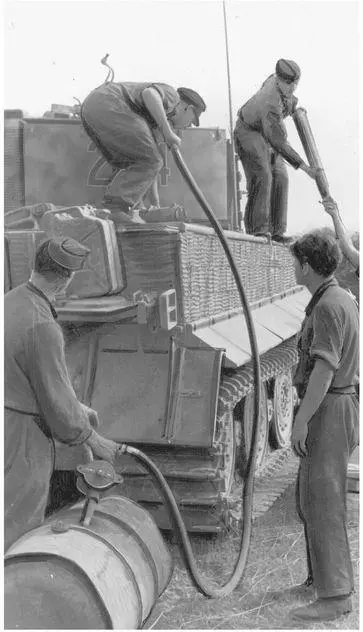
A tank crew refuel a “Tigress” from the 5th heavy tank battalion in Belorussia, July 1944. (CAW)
In order to save the situation, Model took troops from the western Ukraine, as required. In an effort to open up the front northeast of the wet lands around Lake Prypeć, Heeresgruppe “Nord Ukraine” transferred the 4th Panzer-Corps’ XXXXVI command, the 4th Panzer-Division, the 5thPanzer-Division, the 7th Panzer-Division, and the 5th SS-Panzer-Division “Wiking” along with five infantry divisions, to the forces fighting in Belorussia. Over and above this, OKH and OKW organised the redeployment of the “Großdeutschland” Division and the 3rd SS-Panzer-Division “Totenkopf ” from Heeresgruppe “Süd Ukraine” and a further three infantry divisions from “Heeresgruppe Nord,” plus the 12th Panzer-Division. Additional reinforcements should arrive from the territory of the Third Reich and the occupied states. The command-leadership of the Reserve Army promised to send ten new grenadier divisions (later called; the people’s grenadier-divisions”) to the east, as well as the newly reorganised 6th Panzer-Division, 19th Panzer-Division, 25th Panzer-Division along with the 6th Infanterie-Division. From Italy, the transport of troops from the Fallschirm-Panzer-Division “Herman Göring” was set in motion. In addition, two infantry divisions were to arrive, one from the Balkans and another from Norway. All told, beginning at the end of June through the first half of July, orders had been issued that would bring about the transport of eleven tank divisions and twenty-five other divisions to Belorussia. The German High Command was convinced that these forces would fill-in the enormous hole in the front which had appeared after the total destruction of twenty-eight divisions of Heeresgruppe “Mitte”.
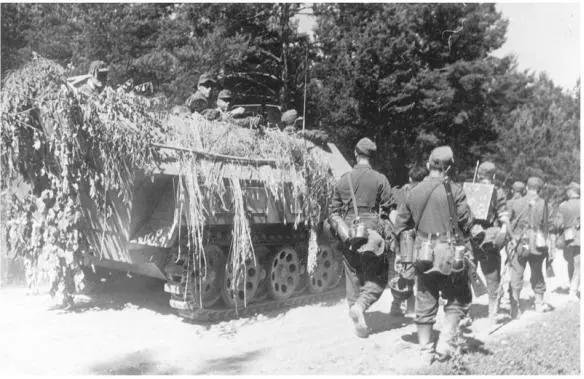
An armoured vehicle unit retreating in the summer of 1944. In the foreground, is an armoured transport vehicle Sd Kfz 251/1 Ausf. D. (CAW)
In reality, at the beginning of July, Model had only succeeded in forming a couple of new divisions with units from other nearby Heeresgruppe forces. With these troops, primarily from the 4th Panzer-Division, the 5th Panzer-Division and the 28th Jäger-Division from Ukrania, but also drawn from the 12th Panzer-Division and the 170th Infantrie-Division from Latvia, Model launched the first counter-offensive west of Minsk. The fighting spilled quickly over into Lithuanian territory and thanks to the new tactical units; the German field marshal began to throw back the Soviet advances effectively. After successes at Vilnius and Grodno, the attacks of the 2nd and 3rd Belorussian Fronts were strongly limited. In order to reorganise the left and inner-centre flanks of Heeregruppe “Mitte” (the right flank occupied by the 2nd Army still remained passive at the original positions they had occupied prior to the Soviet offensive) the Germans were forced to pay for it (the reorganization itself) at the cost of seriously weakening the nearby Heeresgruppe forces, particularly along the Ukrainian front. A further negative facet of hastily sending new or insufficiently re-organised divisions was that they went into battle as weak and poorly coordinated units. An additional problem was the slow pace at which the forces along the front could be reinforced. The reason for this was the great distance that units from Romania, Italy and even Norway (196th Infanterie-Division) or Holland (19th Panzer-Division) were forced to cover. Transport problems were aggravated by air attacks, partisan attacks, and finally, by the altered situation at the front. Sometimes, only isolated regiments arrived at vulnerable locations, while the rest of the divisions were stuck at railway yards or were caught up in fighting somewhere else and found themselves in an emergency situation. As a result of this, throughout the first half of July, Model could only employ a portion of the promised reinforcements. Only fifteen divisions were in place at the appointed time in western Belorussia. When the other combat forces eventually arrived at the front; those that had been sent into battle a couple of weeks before had paid heavily in terms of their combat strength. Additional divisions drawn from the Reserve Army did not begin to participate in the fighting until the end of July and on into August.
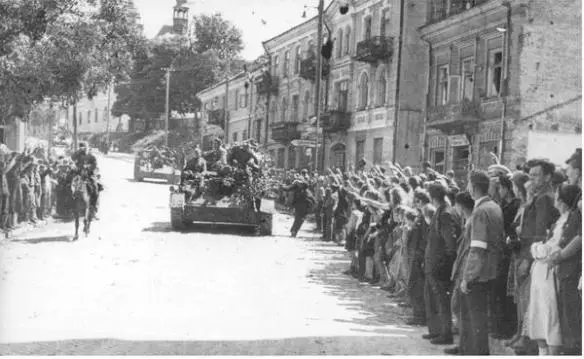
Soviet assault-guns SU-76M from an unidentified unit entering the liberated city of Chełm Lubelski in July 1944. (WAF)

German units retreating across one of Poland’s many rivers on a ferry. In all likelihood, a headquarter staff is being transported across, judging by the limousine and staff-car on the ferry. (Leandoer & Ekholm archive)
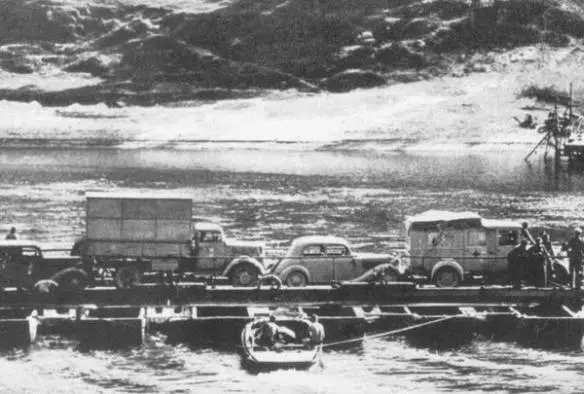
German units cross a river in Poland in the summer of 1944 while retreating from advancing Soviet forces. Note the half-track-tractor Sd Kfz 10 at the centre of the picture. (Leandoer & Ekholm archive)
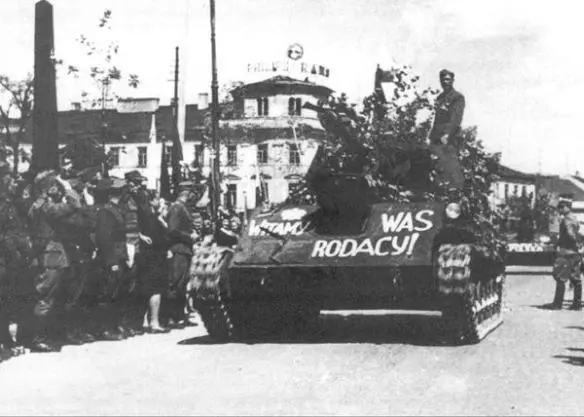
SU-76 assault-gun from the 1st Polish Army, summer 1944. (Leandoer & Ekholm archive)
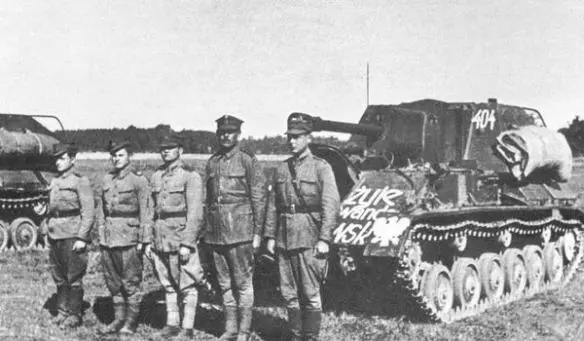
SU-76 serial no.404 belonging to the 4th SP Artillery Battalion, out of the 1st Polish Army, in the summer of 1944. The unit took part in the fighting for Praga. (Leandoer & Ekholm archive)
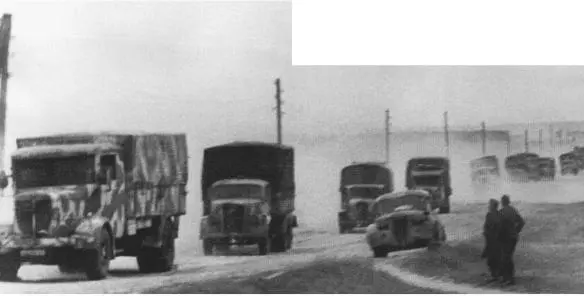
A long column of lorries from the 3rd SS-Panzer-Division “Totenkopf” passing along a dirt road in eastern Poland in the summer of 1944. The large dust bowls thrown up may give the impression that it is a winter scene. (Leandoer & Ekholm archive).
The Germans responded exactly as the STAVKA command had expected. The plan to successively broaden the front had been successfully demonstrated. It was only north of Belorussia that the Soviet side had time to attack before Heeresgruppe “Nord” had sent the majority of its reserves to its neighbouring Heeresgrupp’s assistance. When the attacks of the Soviet’s 2nd Baltic Front, 3rd Baltic Front and Leningrad Front took place, each in turn — precisely as planned, it forced the OKW to halt any further weakening of the Heeresgruppe fighting in the Baltic States. The course of battle on Latvian and Estonian territory was protracted, but the Soviet successes, reckoned in terms of total kilometres of occupied land, was insignificant when compared with the other line-sectors along the Eastern Front. In fact, a threat to the German troop line, and the possibility of it being split in the proximity of Riga, was already discerned by the Germans at the end of July, but that crisis they managed to overcome.
Читать дальше
